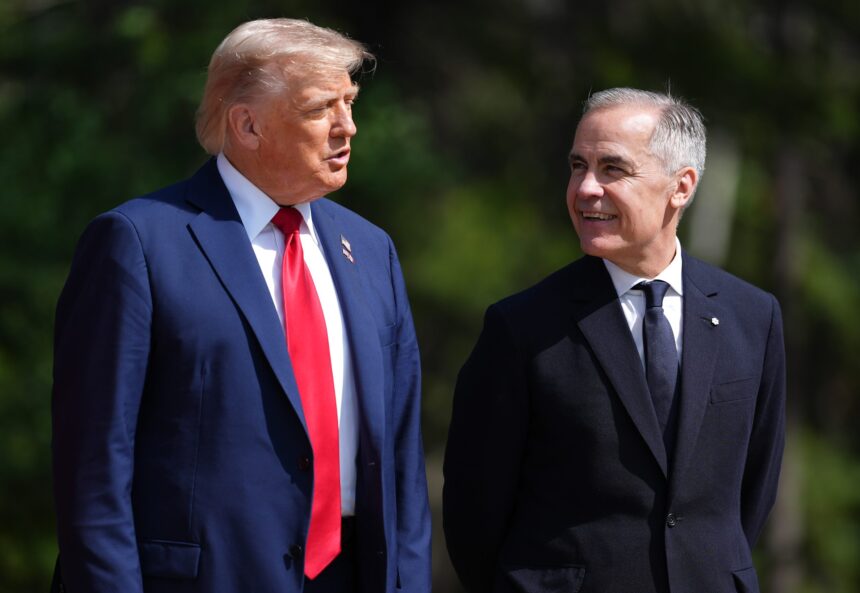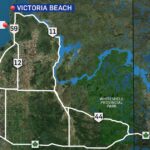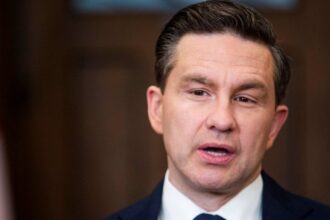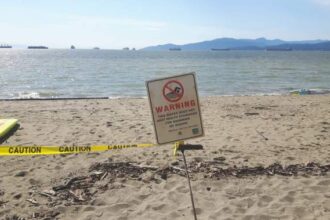As the final bell rings in the House of Commons and parliamentarians scatter for their summer break, the political machinery of Canada shows no signs of powering down. The next two months promise a critical period that could reshape the Canadian political landscape well before MPs return to Ottawa in September.
The seemingly calm summer waters belie significant undercurrents that demand attention from politically engaged Canadians. Four key developments warrant close monitoring as the political temperature rises alongside the mercury.
First, three federal by-elections loom large on the political horizon. Toronto-St. Paul’s, Calgary Heritage, and a yet-to-be-announced Quebec riding will serve as crucial barometers for party fortunes. The Liberals are fighting to retain their traditional stronghold in Toronto-St. Paul’s following MP Carolyn Bennett’s retirement, while Conservative leader Pierre Poilievre eyes Calgary Heritage as an opportunity to demonstrate his party’s western resilience. Meanwhile, the impending Quebec vacancy presents the Bloc Québécois with a chance to expand their parliamentary presence at a time when sovereignty discussions have regained momentum in the province.
“These by-elections aren’t just about filling vacant seats—they’re referendums on party leadership and policy directions,” notes electoral analyst Diane Leblanc. “The results could either cement current political narratives or completely upend them.”
Behind closed doors, another significant development unfolds as senior bureaucrats prepare transition binders—comprehensive policy documents designed to brief potential new governments. This routine but crucial process signals the civil service’s methodical preparation for any electoral outcome. Sources within the Privy Council Office confirm these preparations have accelerated, suggesting heightened internal expectations of a fall election despite official government statements to the contrary.
The Canada-U.S. bilateral relationship enters a critical phase this summer as well. Trade negotiations intensify around contentious softwood lumber tariffs and electric vehicle manufacturing incentives. With both nations facing economic headwinds, these negotiations carry implications far beyond specific industries. The outcomes could significantly influence Canada’s economic trajectory and labor market stability heading into a potential election period.
“The stakes couldn’t be higher for these negotiations,” explains trade policy expert Martin Sullivan. “Resolution—or lack thereof—on these issues will directly impact thousands of Canadian jobs and billions in economic activity. Both governments recognize the urgency, particularly with election cycles approaching in both countries.”
Perhaps most consequential is the unfolding strategy within Prime Minister Justin Trudeau’s inner circle regarding election timing. Multiple sources confirm intensive scenario planning is underway, evaluating potential fall 2025 or spring 2026 election windows. The variables being weighed include economic indicators, polling trajectories, and the implementation timeline of signature policies like national pharmacare and childcare programs.
Cabinet ministers have reportedly been instructed to accelerate deliverables on key platform commitments, suggesting a preference for showcasing concrete achievements rather than future promises in the next campaign. This tactical shift represents an acknowledgment of voter fatigue with unfulfilled pledges and speaks to the political vulnerability the government perceives.
The summer parliamentary break, far from a political pause, represents a critical juncture in Canada’s political evolution. These developments—by-elections, bureaucratic preparations, international negotiations, and election positioning—will collectively shape the political battlefield awaiting parliamentarians upon their return.
As Canadians enjoy summer diversions, the question remains: will they return to a political landscape recognizable from June, or will these summer developments fundamentally alter the calculus for all political players heading into a potential election? The answer may well determine who holds the reins of power in Ottawa this time next year.










